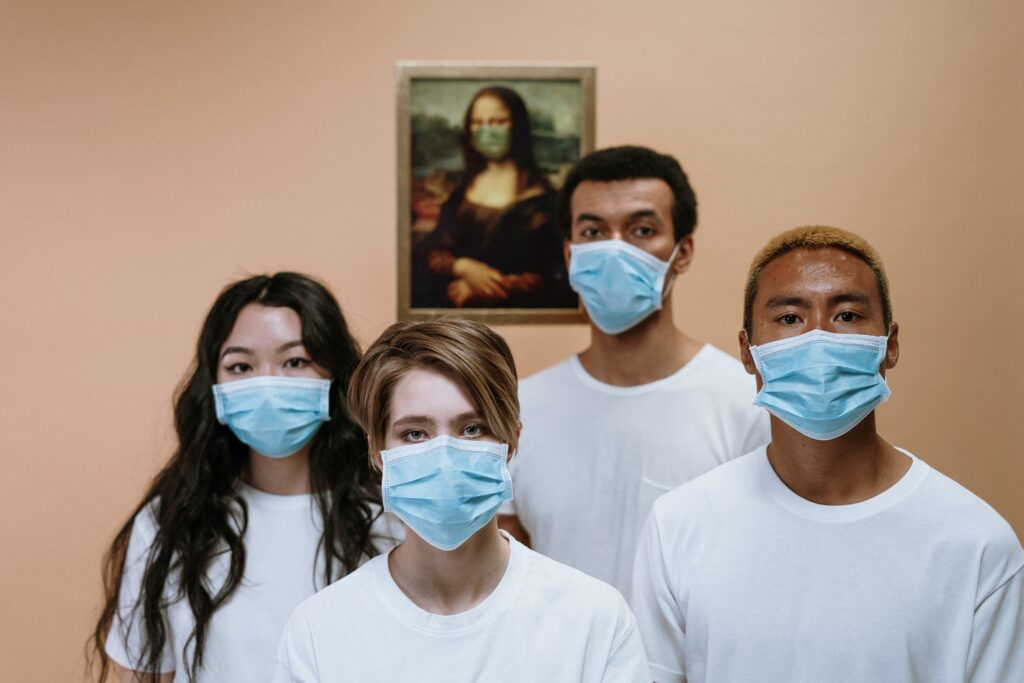By Bella Richmond, Met Sacramento High School Intern

Despite my hopes, school is not back to normal. My name is Bella, and I’m a Junior in high school. I’m a student at the Met Sacramento, which has been in session since September 2nd. Coming back in person, I didn’t see any suggestions for how students could emotionally adapt to being back in school. I am not the only one having a hard time leaving quarantine-related struggles at the door. According to AP News, more than 120,000 U.S. children lost a primary caregiver in the pandemic, and another 22,000 children experienced the death of a secondary caregiver. The coronavirus is not over yet, and the expectation that students should academically perform at the same level as before the pandemic is unrealistic. I reached out to four other students at my school to get their takes on being in person. From their interviews, I gleaned that the transition into school affected each student uniquely, according to their experiences at home and in online school during lockdown.
The interviews gave me an idea of how my school has succeeded and failed to help students back into school. The Met Sacramento was somewhat prepared for pandemic learning, with most work already being submitted online and three advisory groups of students in each grade. My peers all talked about the benefits of the daily routine that in-person learning provides. For some, it is a struggle to adapt to the expectations of being back in school. One student, Kara, talked about the pressure that came from her drop in her grades after returning to school. She said, “I have made it through distance learning, so why am I not succeeding?” Another student I interviewed, Carmen, talked about the many responsibilities she had during the pandemic. She spoke about teens who worked or took care of their siblings during lockdown and still have those responsibilities in school. The students I interviewed agreed that the adaptation process was abrupt, but they were all happy to be back in the classroom.
Some students haven’t adapted to school in person yet because of pandemic-related struggles. The teenagers I talked with are all having to forge a path back to normalcy on their own, and we are the lucky ones. One student I interviewed had Coronavirus recently. He said, “It’s frustrating to do everything right; wear a mask, sanitize your hands, get vaccinated, and you still get it.” The disparity in grades between students with and without socio-economic disadvantages is worse because of the pandemic. Students are still figuring out in-person school, as are teachers. Our teachers faced their own struggles in quarantine. My next goal is to uncover the challenges unique to educators now that school is in-person and to start piecing together how teachers and students alike can help more youth adapt to their school’s expectations.